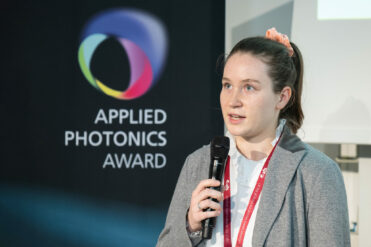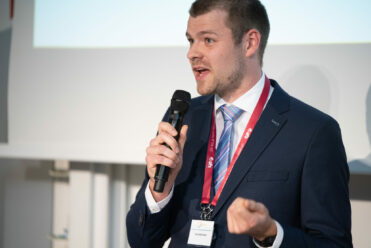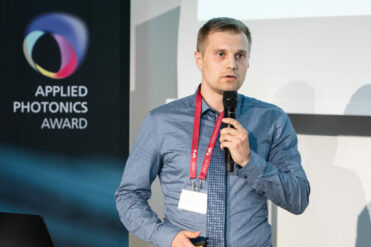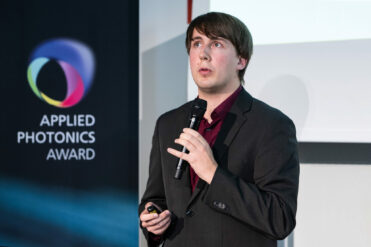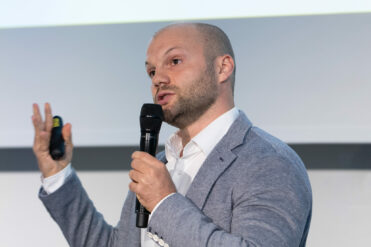To promote young optics and photonics enthusiasts and to further innovative research potentials – these are equally the goals of the »Photonics Days Jena« as well as the »Applied Photonics Award«. Traditionally, the Fraunhofer IOF Young Scientist Award is presented during the international career and networking event. That’s how it was this year, too: Dr. Robert Kammel, head of the Strategy, Organization, Communication department at Fraunhofer IOF, together with Prof. Dr. Michelé Heurs, gravitational wave researcher and this year’s keynote speaker at the »Photonics Days Jena«, presented the Fraunhofer IOF young researcher award to this year’s winners today.
A jury of experts, consisting of representatives from science and industry, had previously selected the award-winning theses. A total of three theses were awarded in the categories Bachelor, Master/Diploma and Dissertation. In addition, the jury awarded two special prizes for scientific excellence this year: One special prize was each awarded for a thesis in the categories »Graduate« (BA/MA) and »Post-Graduate« (Diss). The winners of the 2022 Award are:
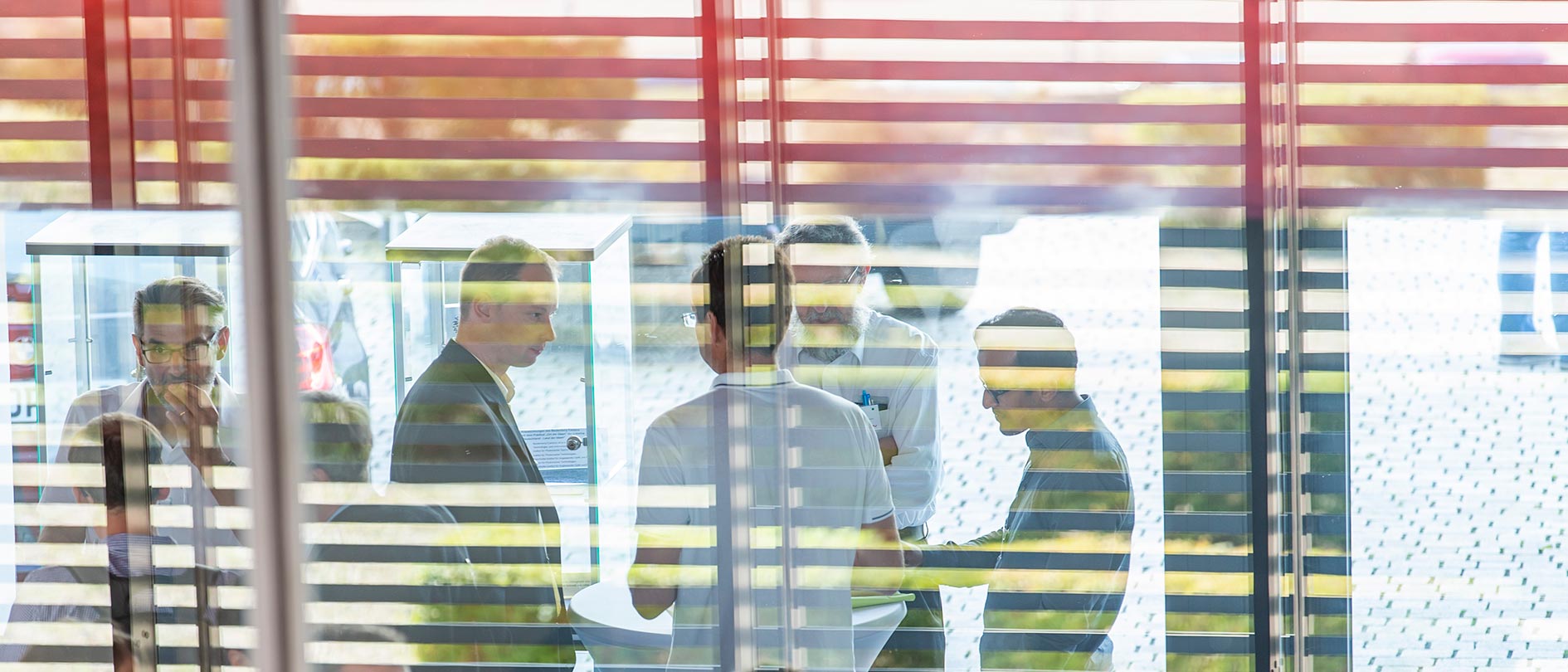
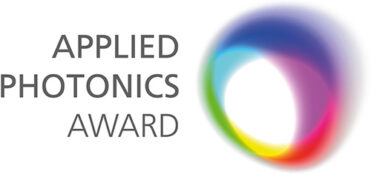 Bioanalytics, mobile communication, weather research – this year, the winners of the »Applied Photonics Award« have once again demonstrated how broad the fields of application of photonics research are. The young researcher award of the Fraunhofer Institute for Applied Optics and Precision Engineering IOF was presented to the five award winners of 2022 on October 5 as part of the »Photonics Days Jena«.
Bioanalytics, mobile communication, weather research – this year, the winners of the »Applied Photonics Award« have once again demonstrated how broad the fields of application of photonics research are. The young researcher award of the Fraunhofer Institute for Applied Optics and Precision Engineering IOF was presented to the five award winners of 2022 on October 5 as part of the »Photonics Days Jena«.